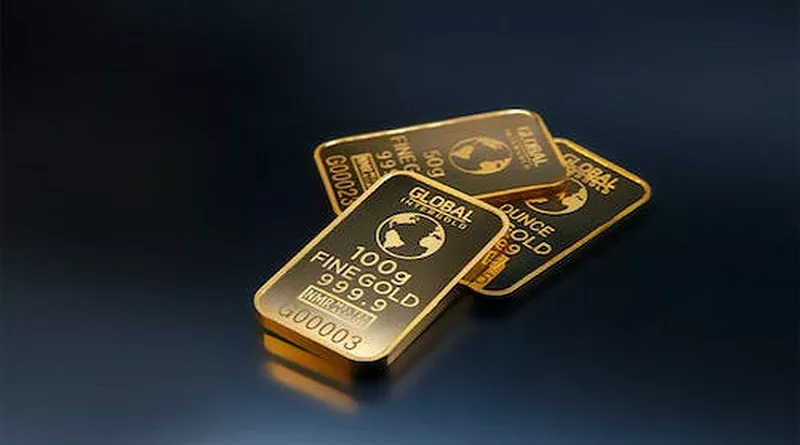Investors often seek to maximize their returns through various financial instruments, including Gold Futures ETFs. However, understanding the specifics of dividends in relation to Gold Futures ETFs is crucial for informed decision-making. While dividends are a common feature in some investment vehicles, such as stocks, their applicability to Gold Futures ETFs requires careful consideration and awareness of the underlying dynamics. This article aims to shed light on the possibility of receiving dividends from Gold Futures ETFs and provides comprehensive insights into the intricacies of dividends within this investment landscape.
1. Dividends in Gold Futures ETFs: Exploring the Basics
Gold Futures ETFs primarily focus on tracking the performance of gold futures contracts, enabling investors to gain exposure to the price movements of gold without having to own physical gold. Unlike traditional stocks, Gold Futures ETFs do not typically generate dividends in the conventional sense. This is because the value of Gold Futures ETFs is determined by the price movements of the underlying asset, in this case, gold, rather than through the distribution of company earnings.
2. Understanding Gold Futures ETFs and their Yield Structure
Gold Futures ETFs are designed to reflect the performance of gold prices, with their value directly correlated to the fluctuations in the market price of gold. As a result, the yield structure of Gold Futures ETFs is primarily derived from the capital gains or losses incurred due to changes in the price of gold. While dividends are not generated through the ownership of Gold Futures ETFs, investors may still benefit from potential profits resulting from changes in the value of the underlying asset.
3. Factors Influencing Dividend Payments in Gold Futures ETFs
Since Gold Futures ETFs do not generate dividends, the factors influencing dividend payments in traditional equities do not apply in this context. Instead, investors should focus on understanding the factors that drive gold prices and, consequently, the value of Gold Futures ETFs. These factors may include global economic conditions, geopolitical tensions, inflation rates, and the demand-supply dynamics of the gold market. By monitoring these factors, investors can make informed decisions regarding their Gold Futures ETF investments and anticipate potential returns based on gold price fluctuations.
4. Comparing Dividend Yield with Other Investment Options
When considering investment options, it is essential to compare the dividend yield potential of Gold Futures ETFs with other financial instruments, such as stocks, bonds, or dividend-paying ETFs. While Gold Futures ETFs may not offer direct dividend payments, they provide an alternative avenue for investors to diversify their portfolios and potentially benefit from capital appreciation resulting from changes in the price of gold. Investors should assess their risk tolerance, investment objectives, and market outlook to determine the most suitable investment strategy that aligns with their financial goals.
FAQs about Dividends in Gold Futures ETFs:
1. Can I expect regular dividend payments from Gold Futures ETFs, similar to dividend-paying stocks?
Unlike dividend-paying stocks, Gold Futures ETFs do not typically generate regular dividend payments. The value of Gold Futures ETFs is primarily determined by the price movements of the underlying gold assets, and investors realize profits or losses based on these fluctuations, rather than through dividend distributions.
2. Are there any alternative investment options that offer dividends and also provide exposure to the gold market?
Investors seeking exposure to the gold market while also aiming to benefit from regular dividend payments may consider exploring dividend-paying gold mining stocks or gold-focused mutual funds. These investment options provide the potential for dividend income while incorporating exposure to the gold industry, allowing investors to diversify their portfolios and potentially mitigate risk.
3. How can I assess the performance of Gold Futures ETFs without focusing on dividend yields?
To assess the performance of Gold Futures ETFs, investors should analyze the price movements of the underlying gold assets, monitor market trends and economic indicators that influence gold prices, and evaluate the historical and projected returns of the ETFs. Additionally, considering factors such as expense ratios, liquidity, and tracking errors can provide valuable insights into the overall performance and efficiency of Gold Futures ETFs as investment vehicles.

